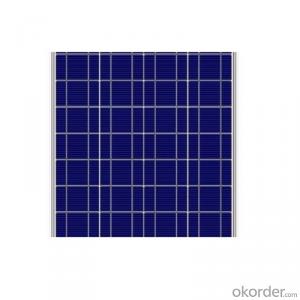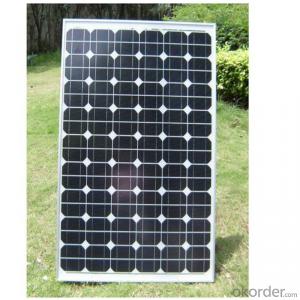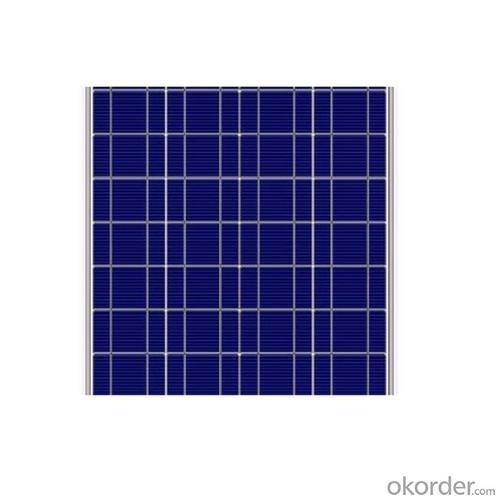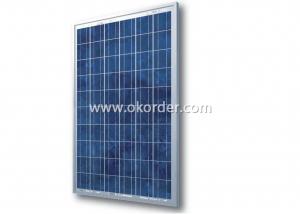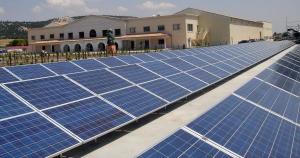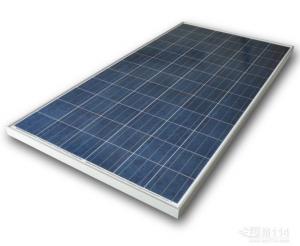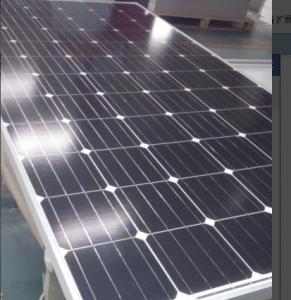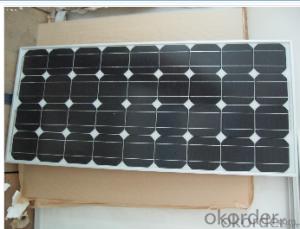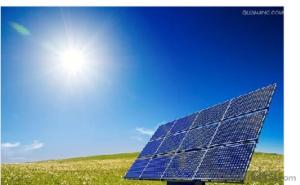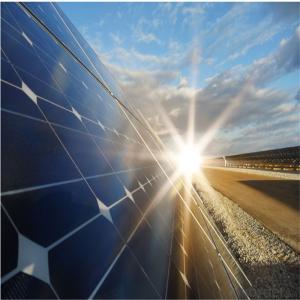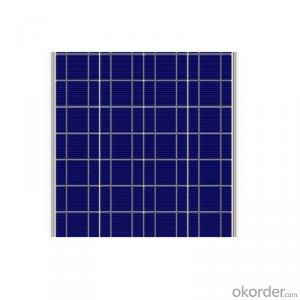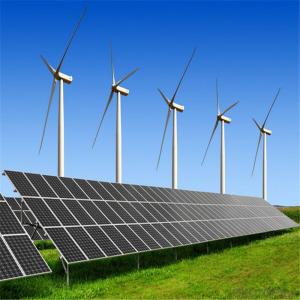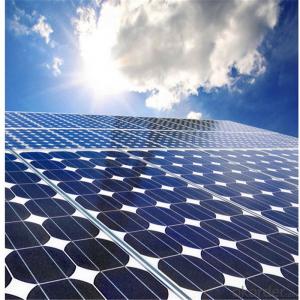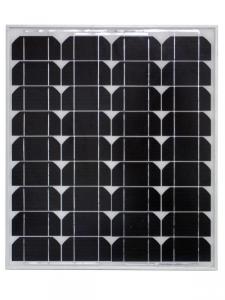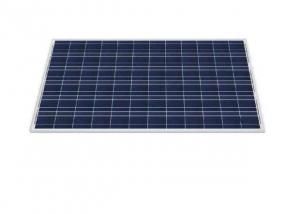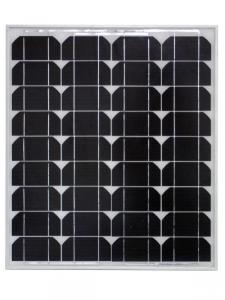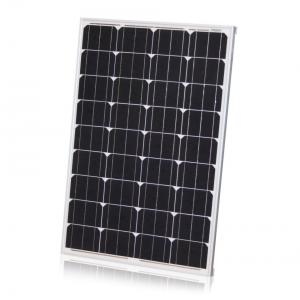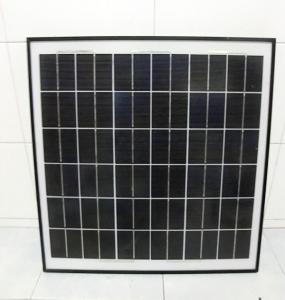140 Watt Photovoltaic Poly Solar Panel for Solar Panels on The ISS
- Loading Port:
- China main port
- Payment Terms:
- TT OR LC
- Min Order Qty:
- 1000 watt
- Supply Capability:
- 500000 watt/month
OKorder Service Pledge
OKorder Financial Service
You Might Also Like
Specification
Instruction
1) Product name: solar panel / module
2) Solar cell: Mono-crystalline / Poly-crystalline / Amorphous
3) Tempered glass laminated with aluminum frame
4) Life time: 20 - 25 years
5) Temperature co-efficiency: A=+1,46mA B=-79mV, Rp/p=-0.43
6) Power specification at 1kW/m 2, AM 1, 5
7) Output cable: multi contact connectors
8) Construction:
a) Front: High-transmission 32mm tempered glass
b) Back: TPT
c) Encapsulant: EVA
9) Frame: aluminum
10) Certification: CE, TUV
Feature
1. High efficiency and High power.
2. Long-term electrical stability.
3. Lowest price and Fastest delivery.
4. Good quality and good service.
5.Bulk supply
6. Good Warranty
7.Big Sale
8.High quality
9.More than 35 years on the lifetime.
10 DHL/Fedex/UPS/TNT/EMS etc
Images
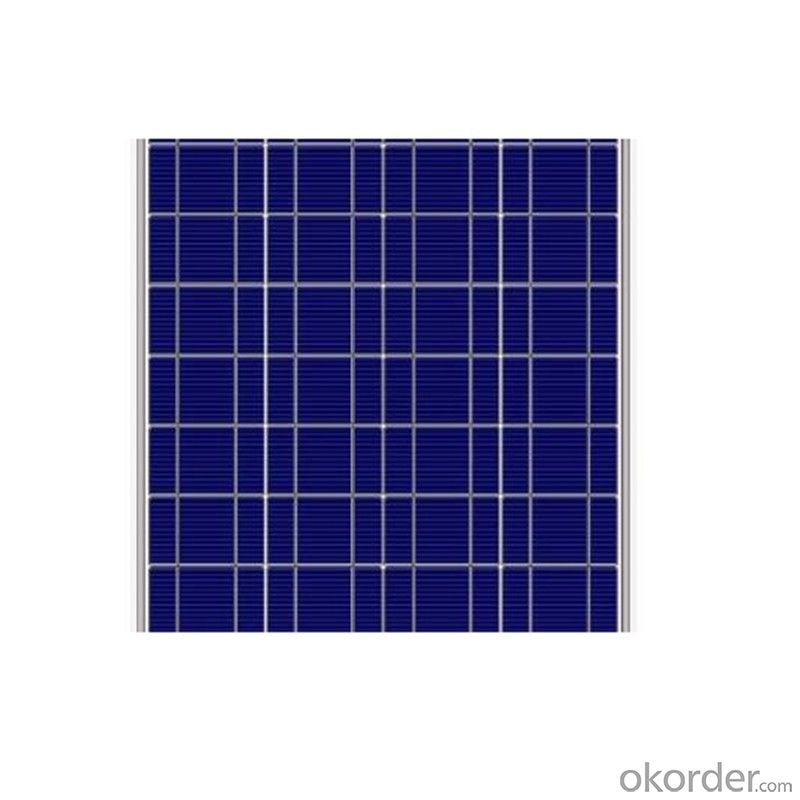

Specification
Type | CNBM Solar Polycrystalline Series II (235W—245W) | ||
Materials | Silicon | ||
Size | Length | Width | Height |
1640 | 992 | 40 | |
Guarantee | 12 yrs free from defects in materials and workmanship No less than 90% within 10yrs and no less than 80% within 25yrs TUV(IEC61215&IEC61730), CE, UL | ||
Application | Photovoltaic/solar/ green energy/energy saving | ||
Descriptions | 1.High efficiency crystalline silicon solar cell. Even if under the weak light, the solar module can produce maximum power output. 2.Tempered glass (toughened glass): Anti-reflecting coating and high transmission rate glass increase the power output and mechanical strength of solar module. 3. EVA and TPT: Using high quality EVA and TPT to prevent destroying and water. 4. AI frame: Without screw, rner connection. 6 holes on the frame can be installed easily. 5. Junction box: Multi function junction box with water proof. 6. Long lifetime: ≥25 years; Less power decrease. 7. Good performance of preventing from atrocious weather such as wind and hails. 8. Resisting moisture and etching effectively, not effected by geology. 9. The certificate issued by international authority: UL, TUV, IEC, CE.
| ||
Packaging Details: | 26pcs/pallet, 28pallets/ 40HQ Our solar panels are packed in cartons, and then pallet. Shipping by sea or by air are both ok, it up to customer’s chose. We’d like to inquiry the freight cost for customer after be informed exact quantity and destination address. | ||
FAQ
We have organized several common questions for our clients,may help you sincerely:
1). What’s price per watt?
A: It’s depends on the quantity, delivery date and payment terms of the order. We can talk further about the detail price issue. Our products is high quality with lower price level.
2). Can you tell me the parameter of your solar panels?
We have different series of cells with different power output, both from c-si to a-si. Please take our specification sheet for your reference.
3). How do you pack your products?
We have rich experience on how to pack the panels to make sure the safety on shipment when it arrives at the destination.
4). How long can we receive the product after purchase?
In the purchase of product within three working days, We will arrange the factory delivery as soon as possible. The perfect time of receiving is related to the state and position of customers. Commonly 7 to 10 working days can be served.
- Q: I am doing a report about solar power and I need to know what determines the amount of electricity produced?example: exposure to sun, angle of panel, qualityplease tell me as much as you canmuch appreciated
- It depends on what you mean by amount of electricity. Normally that would mean the total energy produced over a given period. In that case, the main factors are ) Efficiency of the solar cells 2) Total irradiation received: incident radiation density times the solar panel area, and the angle of the incident radiation. Item ) is determined by the materials and method of construction of the solar cells Item 2) depends on the location of the panel, both on earth's surface (latitude), time of year, and how the panel is oriented with respect to the horizontal. Altitude of the location can also be a factor. Prevailing weather conditions, number of cloudy days, etc. are important. Independent of these parameters, larger area means more electricity.
- Q: What is the impact of hailstorms on solar panels?
- Hailstorms can have a damaging impact on solar panels. The size and velocity of hailstones can cause physical damage to the panels, resulting in cracks, shattered glass, or dislodged components. This can impair the functionality of the panels, reduce their efficiency, and potentially require costly repairs or replacements. Additionally, hailstorms can also pose a risk to the structural integrity of the mounting system, potentially leading to further damage. To mitigate these risks, solar panel installations in hail-prone areas often incorporate protective measures such as tempered glass, polycarbonate shields, or hail guards to minimize the impact of hailstones.
- Q: How much electricity does a solar panel produce?
- The amount of electricity a solar panel produces depends on various factors such as its size, efficiency, location, and weather conditions. On average, a typical residential solar panel can produce anywhere between 250 to 400 watts of electricity per hour.
- Q: Can solar panels be used for powering outdoor recreational vehicles?
- Yes, solar panels can be used for powering outdoor recreational vehicles such as RVs, campers, and boats. They provide a convenient and eco-friendly way to generate electricity for various appliances and systems in these vehicles, including lighting, refrigeration, heating, and charging electronic devices. Solar panels can harness the sun's energy to charge batteries, which can then be used to power the vehicle's electrical needs, making it a sustainable and cost-effective option for outdoor enthusiasts.
- Q: It measured volts before I attached it, and after attaching the voltage regulator device, the voltage dropped down to 3 volts, even when just measuring the difference in the solar panels nodes themselves, suggesting that the entire panels voltage dropped and not just the voltage in the regulator. I tried testing it with a power supply of 7 V 0. A and it works fine, but I don't know why it won't work for the solar panel.
- you cannot treat the open circuit voltage of a solar panel like a voltage source (like a battery.) the load response of the panel doesn't behave that way. small panels and panels that are producing less than about .5A are very happy to have their output voltage pulled down to whatever they're connected to (typically zero.) I observed the same phenomenon when i connected a 2V 725mA panel to a 2V 325mA fan -- the open circuit voltage of 5V dropped to 3V when connected to the fan, and returned to 5V when disconnected. The easiest workaround is to use 2V of rechargable batteries in parallel with the panel so that the battery holds the 2V potential difference and the panel just supplies the current. any excess current charges the batteries, so you might consider whether or not you need some type of charge controller to prevent burning the batteries via overcharging. there are actually very few applications of solar panels connected directly to circuits that i have seen that have any kind of robust performance -- if they work at all, they eventually die/burn themselves out in a couple of months. the best robust designs always have a rechargable battery and charge controller somewhere in the power circuitry to buffer the load circuit from the panel. .
- Q: Can I add reflectors or mirrors around the solar panels to increase the power they generate?
- You could (an example of concentrating sunlight is called cloud gain, where the edge of a cloud will intensify sunlight as it passes between the sun and your panels), but that will make your panels run hotter and will probably reduce their life. It's better from a system design standpoint to simply get another panel or two. DK
- Q: i have a 50 watt 2 Volt solar panel..Will it can switch on directly a car head light on a sunny day??? How much head lights it can support on a bright sunny day??? if its cloudy then can it run a single Head light???? i have no batteries just want to connect a car Head light directly to solar panel.
- Indestructible okorder /
- Q: wondering if i should get them?? not sure if its worth leasing? also anyone know anything about solar city?
- Current commercially available photovotaic panels are about 5% efficient. The current record in the laboratory is 42.8%. There are designs expected to achieve 65% on the drawing board. It's like investing in low interest rate bonds. If you just wait a couple of years and then invest, you will make more money simply because you would then have higher interest rates. Likewise with solar panels, if you just wait a few years then because they will be so much more efficient, you'll get a better return over the life of the panels.
- Q: Can solar panels be installed on tall buildings?
- Yes, solar panels can indeed be installed on tall buildings. In fact, tall buildings can provide advantageous conditions for solar panel installations due to their elevated position, which allows for maximum exposure to sunlight throughout the day. Additionally, tall buildings often have large surface areas available for solar panel placement, which can help generate a significant amount of renewable energy.
- Q: How do solar panels affect the property's corporate social responsibility?
- Solar panels have a positive impact on a property's corporate social responsibility (CSR) by reducing its carbon footprint and reliance on fossil fuels. By generating clean and renewable energy, solar panels contribute to sustainability efforts, promote environmental stewardship, and demonstrate a commitment to reducing greenhouse gas emissions. Additionally, solar panels can enhance the reputation of a property, attract environmentally conscious stakeholders, and align with CSR goals of promoting renewable energy and protecting the planet.
Send your message to us
140 Watt Photovoltaic Poly Solar Panel for Solar Panels on The ISS
- Loading Port:
- China main port
- Payment Terms:
- TT OR LC
- Min Order Qty:
- 1000 watt
- Supply Capability:
- 500000 watt/month
OKorder Service Pledge
OKorder Financial Service
Similar products
Hot products
Hot Searches
Related keywords
